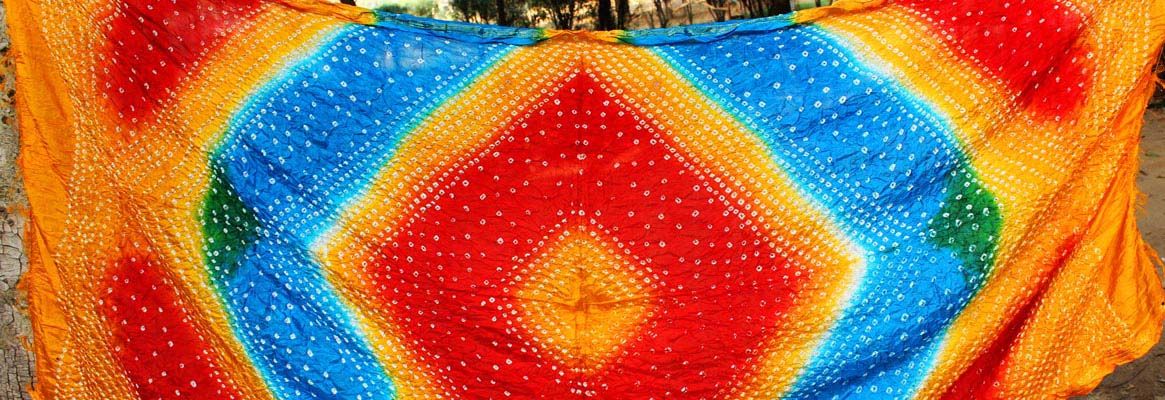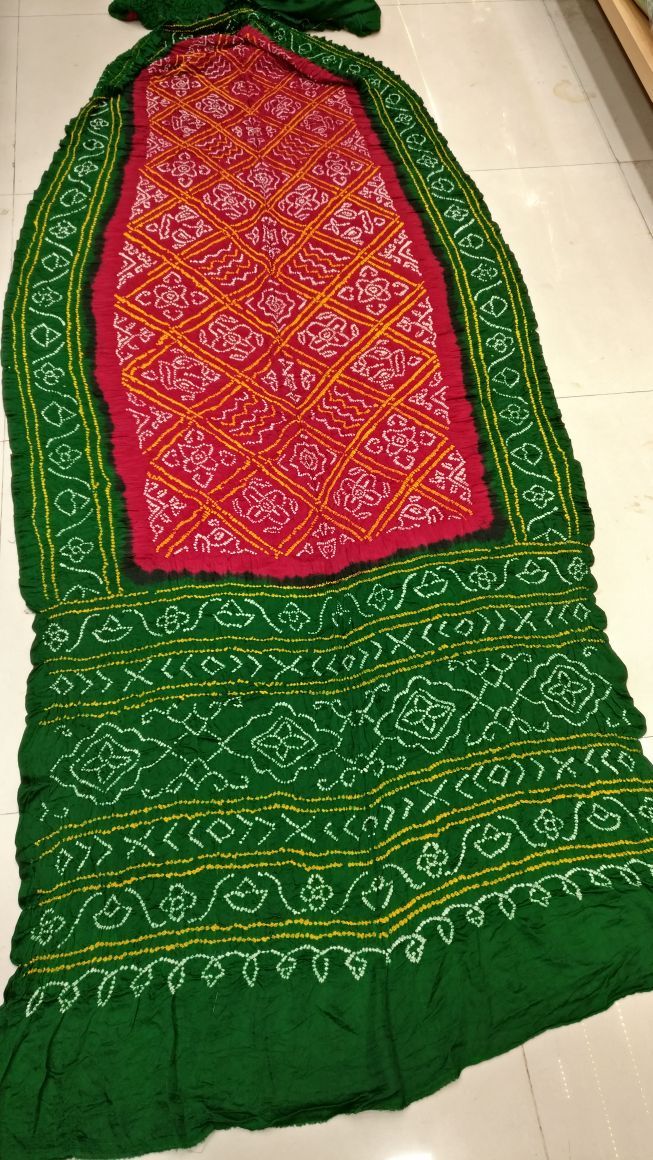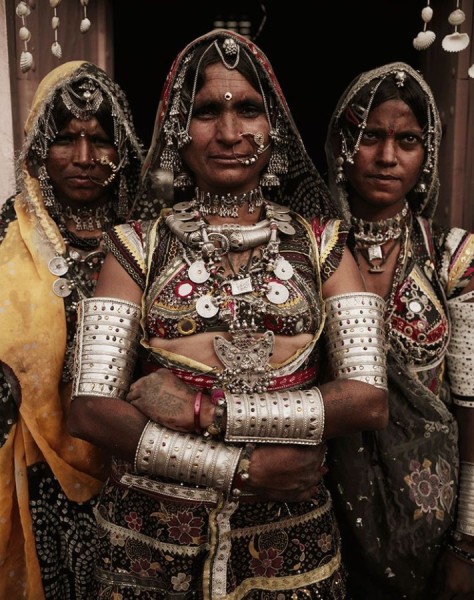Baking,
The heating of a material in an oven to a require temperature to bring about permanent changes in its composition.
The heating of a material in an oven to a require temperature to bring about permanent changes in its composition.
Balance,
The arrangement of elements in a work of art in one of three ways: perfect symmetry (formal balance), in which every element in the work is perfectly balanced against every other element; asymmetry (informal balance), in which there is no one-to-one, even correspondence of elements; and radial (from the center) in which elements are balanced around a center, as in a circular mandala design.
The arrangement of elements in a work of art in one of three ways: perfect symmetry (formal balance), in which every element in the work is perfectly balanced against every other element; asymmetry (informal balance), in which there is no one-to-one, even correspondence of elements; and radial (from the center) in which elements are balanced around a center, as in a circular mandala design.
Baluchar,
A suburban village, famous for its highly skilled silk weavers who used an indigenous technique, the jala system, to produce intricate designs on the loom. The last master-weaver of the Baluchar tradition. Dubraj, died before the end of the 19th century. The Baluchar village itself also disappeared with the shifting course of the Ganges river. Baluchar had enjoyed the special patronage of the Murshidabad court since the 17th century and developed a school of design where stylised forms of human and animal figures were most interestingly integrated with floral and geometrical motifs in the elaborately woven material. The Nawabs and Musilm aristocrats used the material produced in raw silk mainly as tapestry, but Hindu noblemen had it made into saris in which the ground scheme of decoration became a very wide pallav, often with a panel of large mango or paisley motifs at the centre. Efforts to revive the fine Baluchar tradition have recently yielded some success. Surrounded by smaller rectangles depicting different scenes. The sari borders were narrow and had floral and foliage motifs and the whole ground of the sari was covered with small paisley and other floral designs in restrained but bright colour schemes. An interesting feature of earlier Baluchari saris was the stylised bird and animal motifs that were incorporated in the paisley and other floral decorations. The silk yarn used at Baluchar was not twisted and therefore had a soft, heavy texture. The ground colours in which the cloth was available were limited, but they were permanent and are still fresh after hundreds of years. In recent years, expert weavers in Jiaganj in Murshidabad and Varanasi in Uttar Pradesh have successfully reproduced old Baluchar saris, using the traditional jala technique.
A suburban village, famous for its highly skilled silk weavers who used an indigenous technique, the jala system, to produce intricate designs on the loom. The last master-weaver of the Baluchar tradition. Dubraj, died before the end of the 19th century. The Baluchar village itself also disappeared with the shifting course of the Ganges river. Baluchar had enjoyed the special patronage of the Murshidabad court since the 17th century and developed a school of design where stylised forms of human and animal figures were most interestingly integrated with floral and geometrical motifs in the elaborately woven material. The Nawabs and Musilm aristocrats used the material produced in raw silk mainly as tapestry, but Hindu noblemen had it made into saris in which the ground scheme of decoration became a very wide pallav, often with a panel of large mango or paisley motifs at the centre. Efforts to revive the fine Baluchar tradition have recently yielded some success. Surrounded by smaller rectangles depicting different scenes. The sari borders were narrow and had floral and foliage motifs and the whole ground of the sari was covered with small paisley and other floral designs in restrained but bright colour schemes. An interesting feature of earlier Baluchari saris was the stylised bird and animal motifs that were incorporated in the paisley and other floral decorations. The silk yarn used at Baluchar was not twisted and therefore had a soft, heavy texture. The ground colours in which the cloth was available were limited, but they were permanent and are still fresh after hundreds of years. In recent years, expert weavers in Jiaganj in Murshidabad and Varanasi in Uttar Pradesh have successfully reproduced old Baluchar saris, using the traditional jala technique.
Baluchari,
A type of silk brocade sari produced in Baluchar in the Murshidabad district of West Bengal in the 18th and 19th centuries, with supplementary weft motifs of diagonal rows of small flowers worked on the central field and in the same technique vivid depictions of warriors, aristocrats, ships, carriages and cannon on the pallav end pieces. True Baluchar saris have not been made since about 1900, but copies made in the traditional manner have been produced at Varanasi since the mid-1950s.
A type of silk brocade sari produced in Baluchar in the Murshidabad district of West Bengal in the 18th and 19th centuries, with supplementary weft motifs of diagonal rows of small flowers worked on the central field and in the same technique vivid depictions of warriors, aristocrats, ships, carriages and cannon on the pallav end pieces. True Baluchar saris have not been made since about 1900, but copies made in the traditional manner have been produced at Varanasi since the mid-1950s.
Bangle Making,
The process of making bangles is called Bangle Making. Bangles are rigid bracelets that slip over the hand. Bangles are worn across India, Some are worn just for body ornamentation where as others have symbolic value like the marriage bangles or the Karha. Bangles in India are made from a variety of materials like glass, lacquer, metal, shells and wood.
The process of making bangles is called Bangle Making. Bangles are rigid bracelets that slip over the hand. Bangles are worn across India, Some are worn just for body ornamentation where as others have symbolic value like the marriage bangles or the Karha. Bangles in India are made from a variety of materials like glass, lacquer, metal, shells and wood.
Banjara,
A tribe of north Indian origin who are reputed to have moved south to the Deccan plateau when transporting the baggage train of Aurangzeb’s invading army. Their traditional caste occupation was carting. Now they are classed as gypsies and sometimes as farmers. Banjara women produce some of the most intricately stitched folk embroidery in all India
A tribe of north Indian origin who are reputed to have moved south to the Deccan plateau when transporting the baggage train of Aurangzeb’s invading army. Their traditional caste occupation was carting. Now they are classed as gypsies and sometimes as farmers. Banjara women produce some of the most intricately stitched folk embroidery in all India













